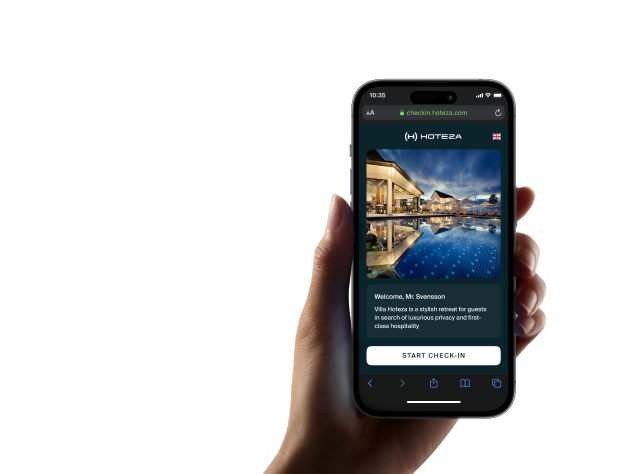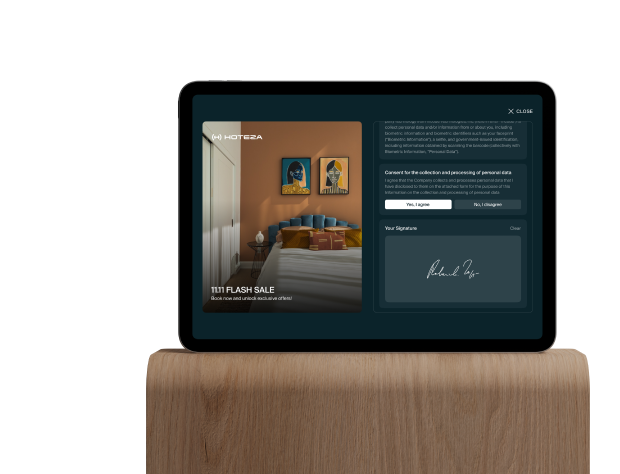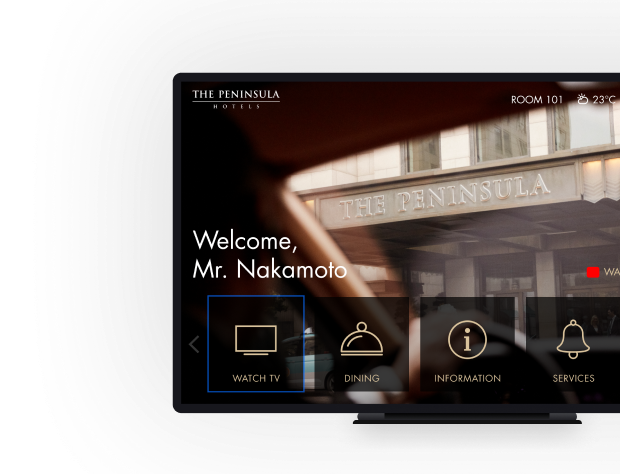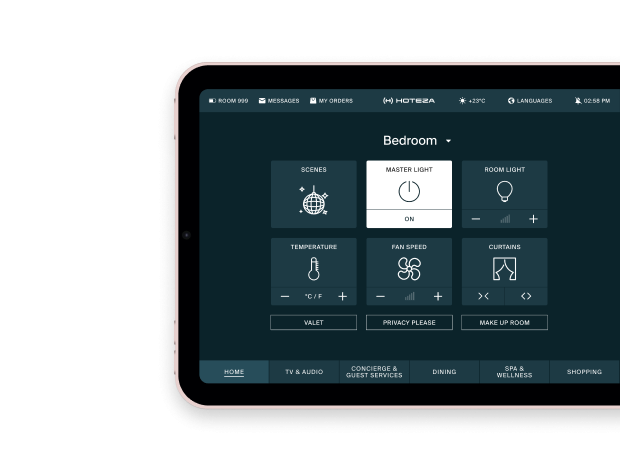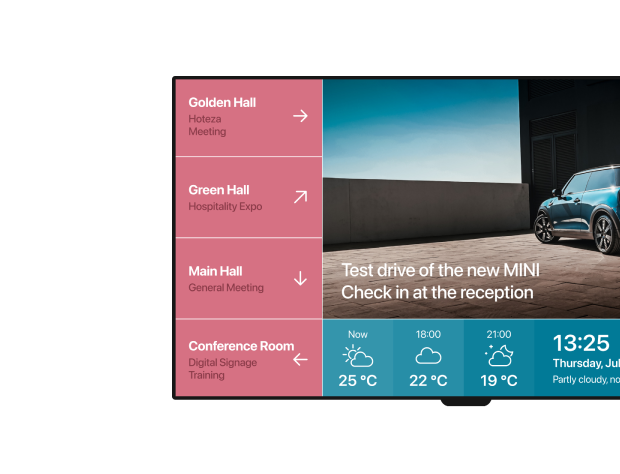30.04.2025
What Is RevPAR and How to Maximize It?
Master the metric that drives hotel revenue, and learn actionable tactics to improve it. Understand what RevPAR means, how to calculate it, and how hotels can increase it using pricing, upselling, tech, and smarter guest targeting.
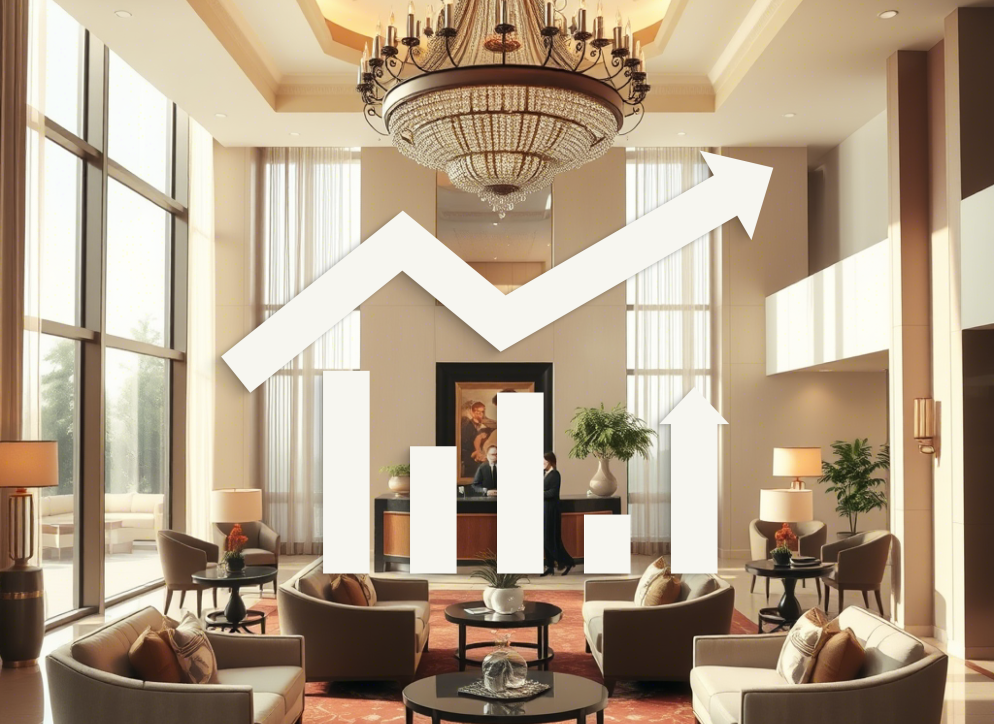
Revenue per available room, often abbreviated as RevPAR, stands as one of the most critical performance metrics in the hotel industry. This key indicator allows hotel owners, general managers, and revenue management professionals to gauge the effectiveness with which a hotel generates income from its available room inventory.
RevPAR is calculated by multiplying a hotel's average daily rate (ADR) by its occupancy rate, providing a comprehensive view of revenue performance across different periods. An in-depth understanding of this metric, along with the ability to calculate it accurately, equips hotel managers with insights necessary for informed decision-making.
Implementing targeted strategies to increase RevPAR—such as optimizing pricing structures, improving marketing initiatives, and enhancing guest experiences—are essential for driving sustained profitability in an increasingly competitive market. By focusing on these areas, hotels can pave the way for long-term financial success.
What Is RevPAR in the Hotel Industry?
RevPAR Definition and Importance
RevPAR, or Revenue Per Available Room, measures how much revenue a hotel generates from its available rooms, regardless of whether those rooms are occupied. Unlike Average Daily Rate (ADR) and occupancy rates, RevPAR provides an integrated view, combining these two important metrics into a single number. This integration gives hotel managers a quick snapshot of their revenue performance and efficiency.
Why It’s a Core Metric for Revenue Management
RevPAR is widely regarded as the gold standard in hotel revenue management. It captures two crucial elements of hotel performance: room pricing (ADR) and occupancy rates. Managers who closely track RevPAR can quickly adjust pricing, manage room availability, and develop targeted strategies to boost income. Because RevPAR balances occupancy and room rate, it helps prevent scenarios where high occupancy occurs at unsustainably low rates, or high rates depress occupancy significantly.
How to Calculate RevPAR
The RevPAR Formula Explained
There are two simple methods to calculate RevPAR:
RevPAR = Total Room Revenue ÷ Total Number of Rooms Available
RevPAR = ADR × Occupancy Rate
Both methods yield the same result, making it easy for hotel teams to quickly compute RevPAR using readily available data.
RevPAR Calculation Examples
Consider a hotel with 200 rooms. Suppose on a given night, 150 rooms were occupied at an ADR of $180. Total revenue generated would be 150 rooms × $180 = $27,000. The occupancy rate would be 150/200 = 75%. Therefore, RevPAR can be calculated in two ways:
Method 1: $27,000 total revenue ÷ 200 rooms available = $135 RevPAR
Method 2: $180 ADR × 75% occupancy = $135 RevPAR
If the same hotel had only 80 rooms occupied at an ADR of $150 on a slower night, the RevPAR would drop significantly:
Total revenue: 80 rooms × $150 = $12,000
Occupancy rate: 80/200 = 40%
RevPAR: $12,000 ÷ 200 rooms available = $60 RevPAR
This illustrates clearly why understanding and monitoring RevPAR regularly is crucial for identifying patterns and improving performance.
RevPAR vs. ADR and Occupancy Rate
While ADR shows how much revenue each sold room brings and occupancy rate shows the percentage of rooms sold, RevPAR merges both. A hotel with high ADR but low occupancy may struggle, just as one with high occupancy at very low ADRs might not be profitable. RevPAR allows hotels to maintain a healthy balance between rate and occupancy.
How ADR Differs from RevPAR and Occupancy Rate
ADR solely measures the average rate of rooms sold without accounting for unsold rooms. Occupancy rate measures how many rooms are sold but not the profitability per room. RevPAR provides a clearer financial snapshot by integrating both metrics, making it the most reliable measure for hotel performance.
Why RevPAR Matters for Hotel Performance
Impact on Profitability
Increasing RevPAR directly influences hotel profitability since room revenue typically represents the most significant portion of a hotel’s income. When RevPAR rises, a larger share of each additional dollar flows directly to profit, especially since fixed operational costs remain constant.
Use in Benchmarking and Forecasting
RevPAR is also essential for benchmarking against competitors and forecasting future financial performance. Hotels regularly compare their RevPAR with competitors to understand their market position. Accurate forecasting based on RevPAR helps hotels plan staffing, inventory, capital investments, and pricing strategies more effectively.
How to Increase RevPAR in Hotels
Implementing Dynamic Pricing Strategies
Dynamic pricing involves adjusting room rates based on real-time market conditions, competitor pricing, and demand forecasting. Leveraging automated revenue management systems enables hotels to maximize revenue potential during high-demand periods and stimulate bookings during quieter times. Even modest adjustments in dynamic pricing strategies can significantly boost RevPAR.
Optimizing Room Type Mix and Upselling
Optimizing the mix of room types can significantly impact RevPAR. Hotels should regularly analyze occupancy data to understand guest preferences. If premium room categories consistently sell out, it might be beneficial to convert standard rooms or unused spaces into higher-value rooms.
Upselling to guests at check-in can also boost RevPAR. Training staff or using digital upsell tools encourages guests to opt for higher-value rooms, early check-ins, or late check-outs. A successful upselling strategy that convinces even a small percentage of guests can have a substantial cumulative impact.
Promotions, Campaigns, and Guest Targeting
Targeted promotions and campaigns can help drive occupancy during slow periods without diluting overall rate integrity. Rather than blanket discounts, strategic offers tailored to specific guest segments (such as leisure travelers on weekends or business travelers during off-peak business seasons) effectively stimulate demand.
Using CRM tools and guest analytics, hotels can better understand guest profiles and craft personalized offers. This targeted approach helps maintain ADR while boosting occupancy, effectively improving RevPAR.
Enhancing Guest Experience with Technology
Modern hotel guests expect seamless digital experiences. Hotels investing in technology such as mobile check-in, smart room controls, high-quality IPTV systems, and personalized guest apps create stronger value propositions. Guests experiencing convenience and personalized services are more likely to return and pay premium rates, enhancing RevPAR.
Digital tools also facilitate upselling opportunities. Integrated hotel apps or in-room tablets can easily promote additional services like room service, spa bookings, or entertainment options, further driving ancillary revenue and enhancing the overall guest experience.
Conclusion
Balancing Revenue Growth with Guest Satisfaction
While pursuing RevPAR growth, hotels must balance revenue optimization with guest satisfaction. Over-aggressive pricing strategies or poorly targeted upselling could alienate guests. Successful revenue management ensures that every pricing decision enhances guest perception of value.
Using RevPAR as a Long-Term Strategic Metric
RevPAR isn't just a short-term performance indicator; it's a strategic metric. Regular monitoring, benchmarking against competitors, and proactive revenue management can turn RevPAR into a tool for long-term financial health and stability.
By aligning RevPAR goals with guest expectations, market realities, and operational strengths, hotels can achieve sustained profitability and strong competitive positioning in the market.
Ready to raise your RevPAR without sacrificing guest satisfaction? Email our team at [email protected] to discover dynamic pricing tools, upsell platforms, and guest‑engagement technology that convert empty rooms into profit and satisfied customers.
